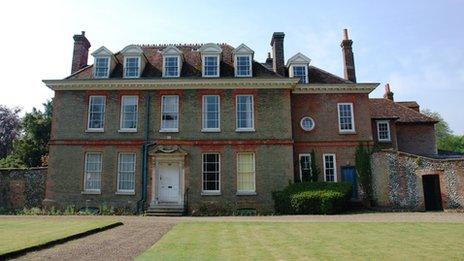Stowmarket's Museum of East Anglian Life becomes The Food Museum
- Published
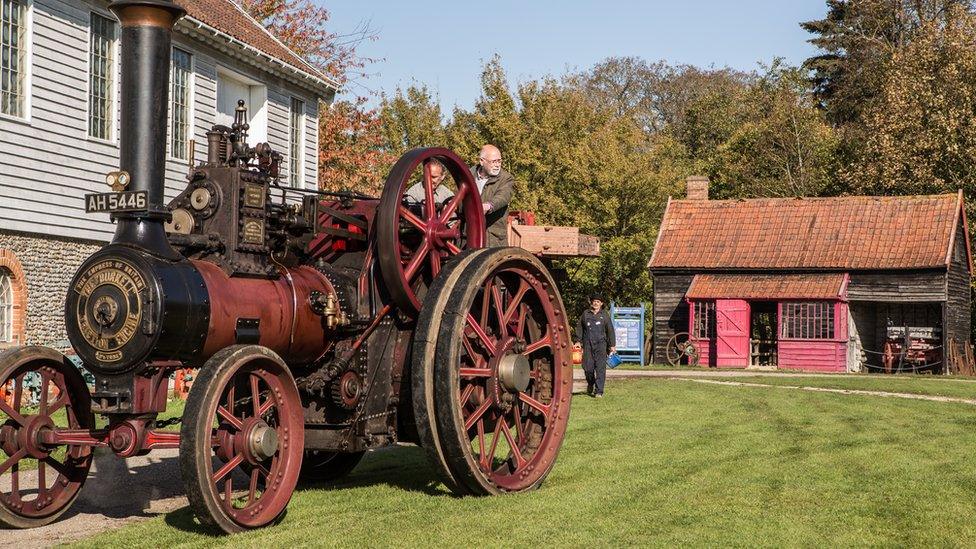
The museum in Stowmarket was developed on farmland once part of the Abbot's Hall estate, which belonged to sisters Vera and Ena Longe
A museum that celebrates the East of England's rural heritage has changed its name to focus on food.
Previously known as the Museum of East Anglian life the attraction, in Stowmarket, Suffolk changed its name this week to The Food Museum.
The move proved controversial when announced and a petition had been launched to stop the change.
Director Jenny Cousins said the move was a "recognition that as our audiences have changed, so should we".
The museum was established in 1967 and covers some 75 acres, including outdoor displays and 17 historic buildings.
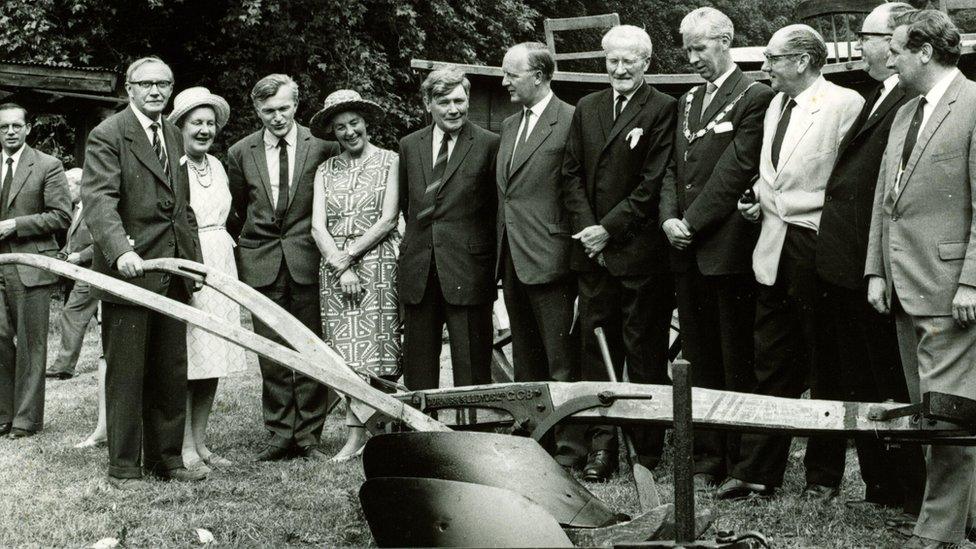
The museum was opened by the Earl of Euston on 10 July 1967
It contains more than 40,000 objects, including utensils and agricultural machinery - "once the items of East Anglian life".
Ms Cousins said: "The museum has existed for 55 years and the change is motivated by a recognition that as our audiences have changed, so should we.
"Everybody eats, and therefore everyone can relate to food in some way. We think that the potential is huge."
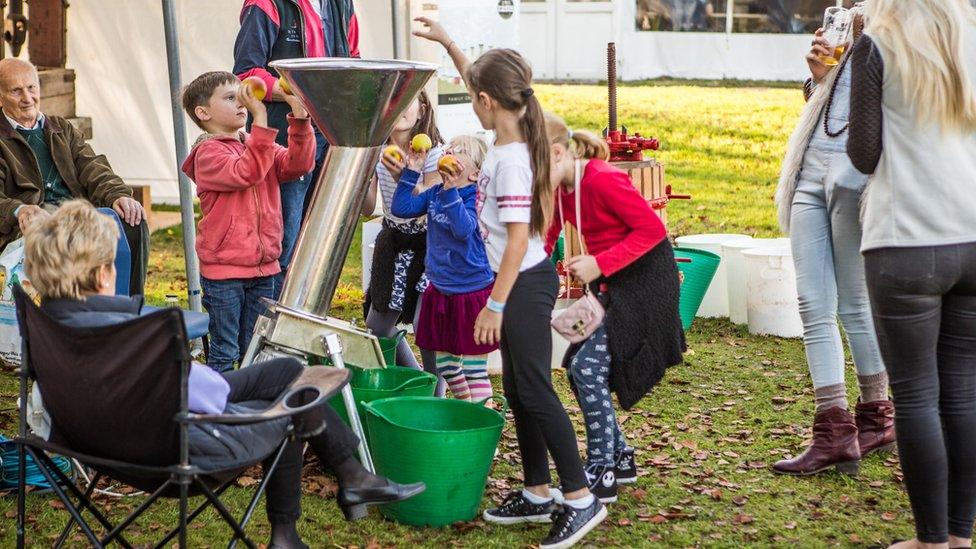
The museum celebrates food grown in the area, including apples, used to make cider
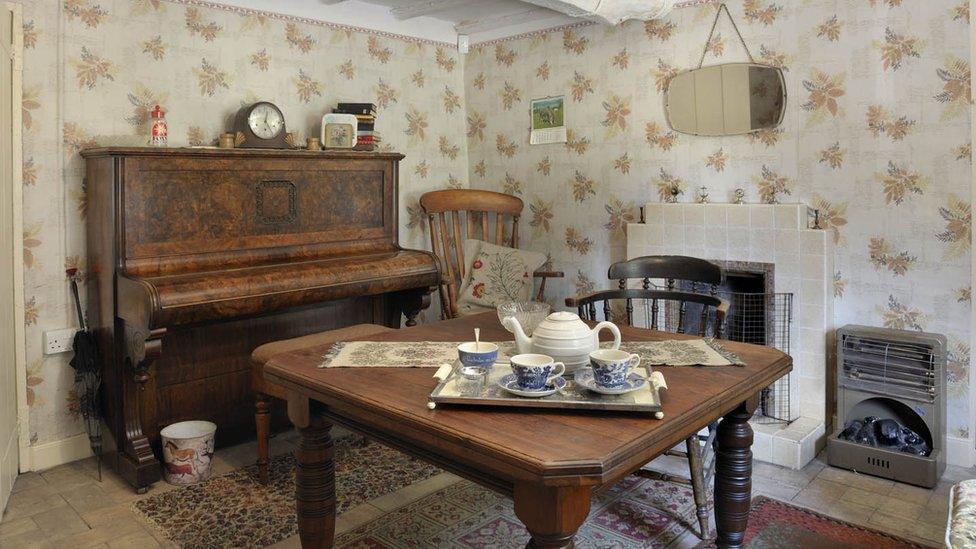
The museum's vision is "that people are inspired by the past to make positive change in their own lives"
She said the move was in line with the heritage the museum already focuses on as East Anglia is commonly known as "Britain's Breadbasket".
Local heritage, including a new travelling exhibition called Food Stories, which looks at local dialect, memories and recipes, will still be a focus for the museum, Ms Cousins said.
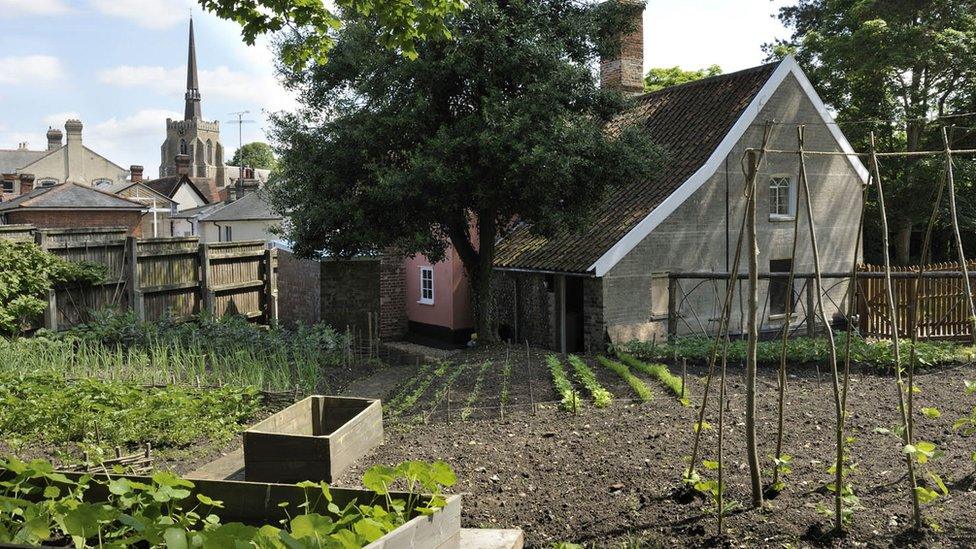
The collection reflects the region's "strong agricultural character"
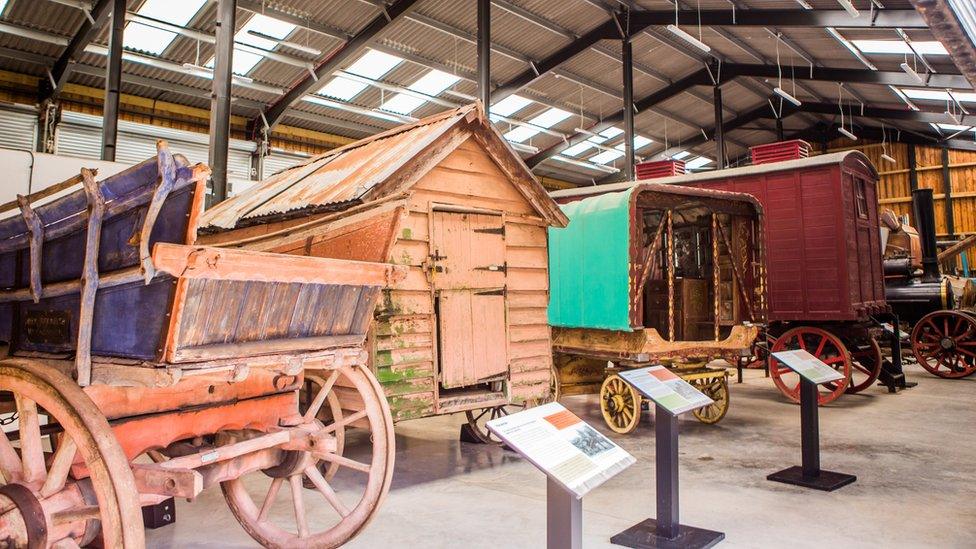
Farm machinery from the past is on display in several of its buildings
The main focus from now will be the environmental impact of food.
"Covid has made many people reflect on their relationship with food and how it gets to them, including the environmental impact," said Ms Cousins.
"The museum's first year as The Food Museum will be marked by a strong focus on the environment and how it is shaped by food production."
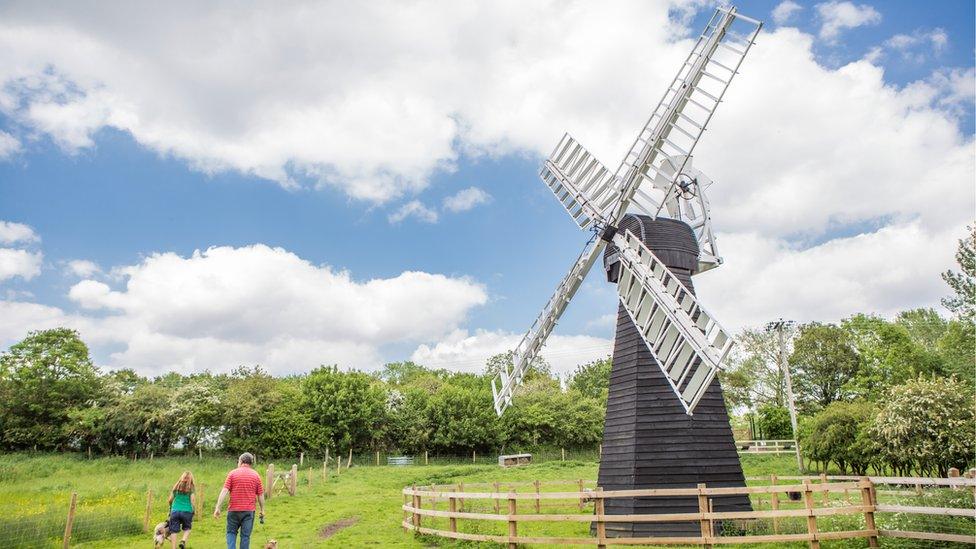
A windpump features at the museum, which attracts about 35,000 visitors annually

Find BBC News: East of England on Facebook, external, Instagram, external and Twitter, external. If you have a story suggestion email eastofenglandnews@bbc.co.uk, external
Related topics
- Published16 January 2022
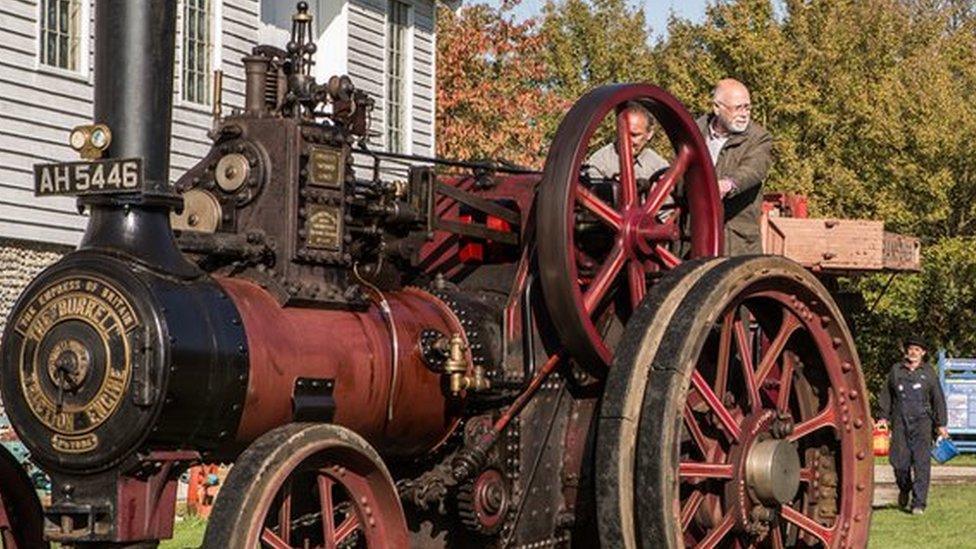
- Published30 October 2018

- Published11 February 2018
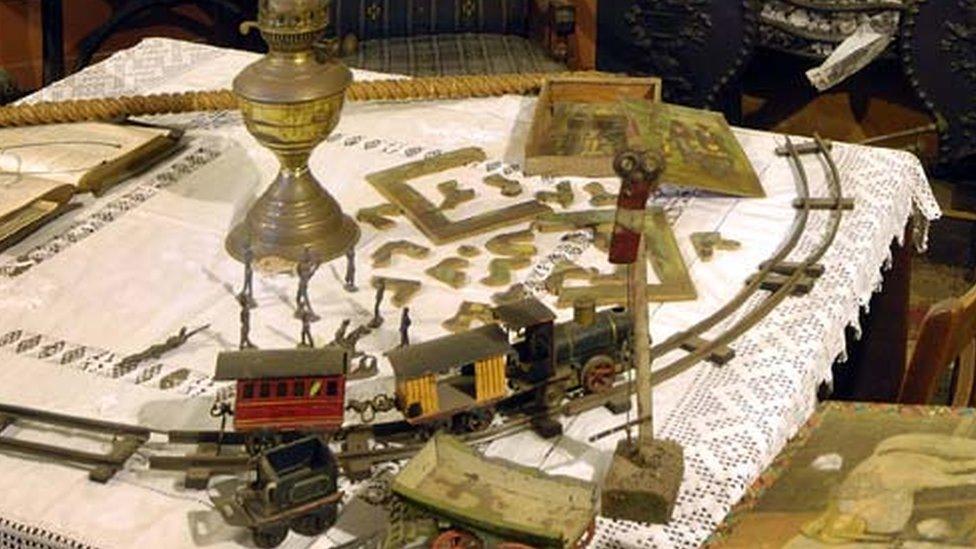
- Published18 April 2012
